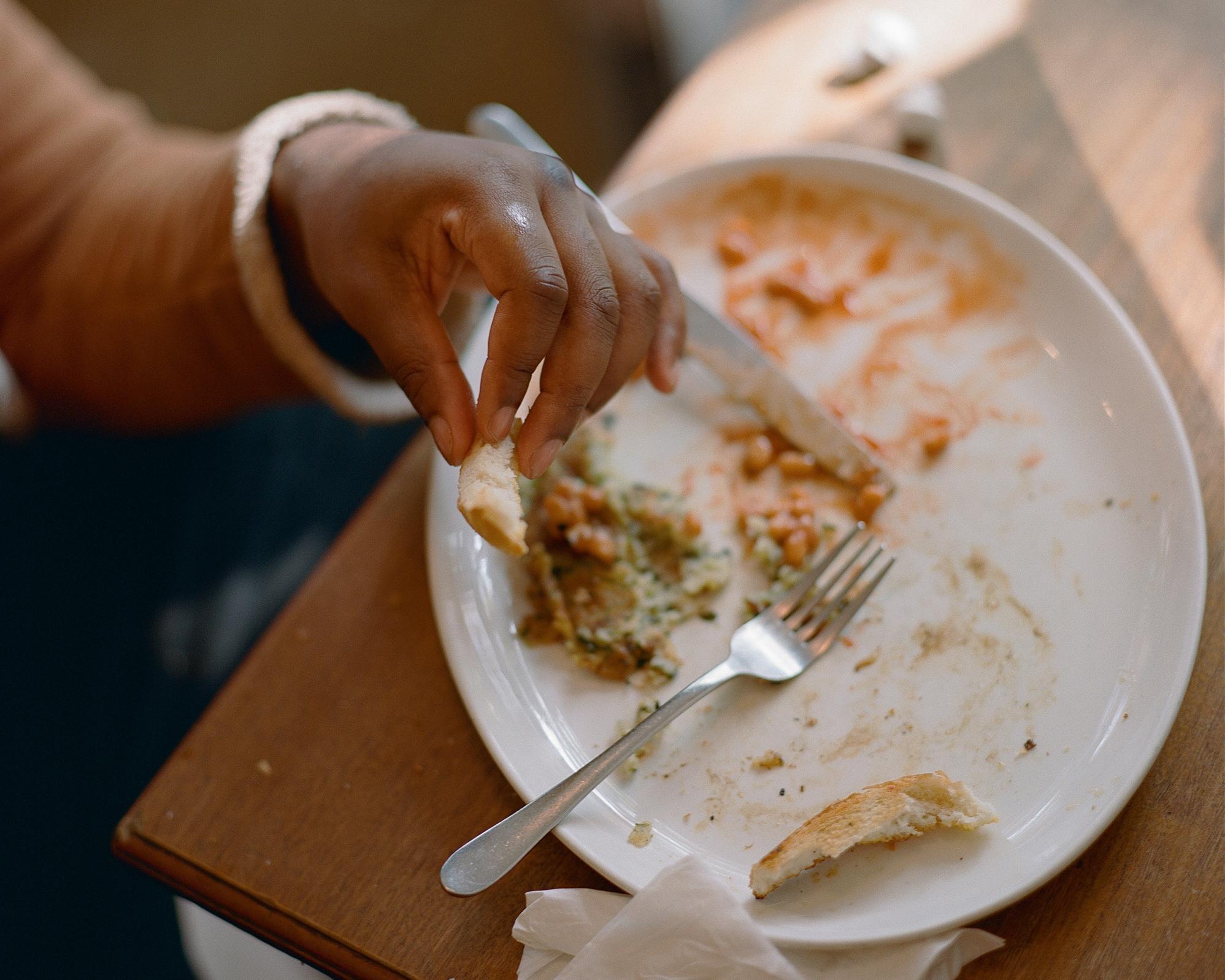Politicians must urgently address “relentless reality” of hardship as 7 million households continue to go without essentials
New research from the Joseph Rowntree Foundation (JRF) shows the relentless reality of years-long hardship for low-income families.
New research from JRF shows the relentless reality of years-long hardship for low-income families1, with almost 5 million households finding themselves having to cut back on showers. Those on the lowest incomes, over 5 million households, have continued to go hungry, skip meals and cut back on food.
Carried out immediately before the general election was called, the latest data shows the number of low-income households who are going without essentials like food, adequate clothing and a warm home hasn’t fallen below 7 million since May 2022.2
JRF is calling on the politicians to set out their plans to tackle ongoing hardship. It found the bottom 20% of low-income households are facing levels of hardship that refuse to budge and whose situation is no better compared to last year, despite some improvements to the economic situation for families higher up the income scale.
Research from JRF finds that:
- 7 million low-income households (60%) were going without essentials in May this year.3, 4
- 5 million low-income households (42%) took fewer showers or baths due to cost during the cost-of-living crisis so far.
- 7 in 10 (71%) low-income households in the bottom 20% were going without essentials in May this year, the same as May last year.
Families on low incomes say they are still taking the same drastic measures to try and save money that were widely reported at the height of the cost-of-living crisis.
In May 2024, low-income households reported that they had taken the following measures through the cost-of-living crisis to cope, due to cost:
- 4.9 million couldn’t replace worn out or outgrown clothing (42%)
- 3.7 million sold their belongings (32%)
- 1.6 million turned off their fridge or freezer (13%)
- 6.8 million reduced their use of appliances (58%)
- 7.2 million heated their homes less than they needed to or less often (62%)
Those with the least are struggling the most, with levels of hardship staying at stubbornly high levels. In the last 12 months, the proportion of households going hungry, cutting down on food or skipping meals in the previous 30 days has not budged for those in the bottom 20% of incomes. But there is a slight improvement for those in the bottom 20-40% of incomes.5
Our social security system should act as a safety net for families who’ve fallen on hard times. However, 86% of low-income households who received Universal Credit were going without the essentials in May this year.6
Rachelle Earwaker, Senior Economist at JRF, says:
“The number of low-income families in our country who’ve been forced to choose which essentials to go without because they can’t afford them hasn’t fallen below seven million since May 2022. Despite inflation falling there has been no let up for the poorest families, who are just as likely to be going without food as last year.”
“We need our politicians to set out how they will bring an end to this relentless reality of hardship in the general election campaign. Political leaders need to tell us what they will do straight away to help families who can’t afford life’s essentials, as well as their long-term plans to tackle poverty.”
Notes
- Savanta surveyed 4,092 UK adults aged 18+ in low-income households, defined as in the bottom 40% of equivalised household incomes (based on the HBAI 2022/23 survey), online between 26th April and 9th May 2024. Data were weighted to be representative by age, gender, region, ethnicity and housing tenure. Where we have scaled up the survey findings to population level, this has been done by JRF, and uses population numbers based on the 2021/22 Family Resources Survey.
- From May 2022 – May 2024 the number of low-income households going without essentials ranged from 6.9 million to 7.3 million.
- Going without essentials is defined as having a household member experiencing going without things like showers, adequate clothing, toiletries, a warm home or essential transport journeys in the six months prior to the survey, or having gone hungry or cut down or skipped meals in the 30 days prior to the survey. Please see JRF ‘Unable to escape persistent hardship: JRF’s cost of living tracker, summer 2023’ for full definition.
- This is a slight improvement from October 2023 when 7.3 million low-income households (63%) were going without essentials.
- Table One:
| 0-20% of household incomes | 20-40% of household incomes | All low-income households (bottom 40%) | |
|---|---|---|---|
| May 2023 | 58% | 39% | 48% |
| October 2023 | 58% | 42% | 50% |
| May 2024 | 57% | 35% | 46% |
- In May 2023 a similar level of 87% of low-income households who received Universal Credit were going without essentials.

This news article is part of the cost of living topic.
Find out more about our work in this area.